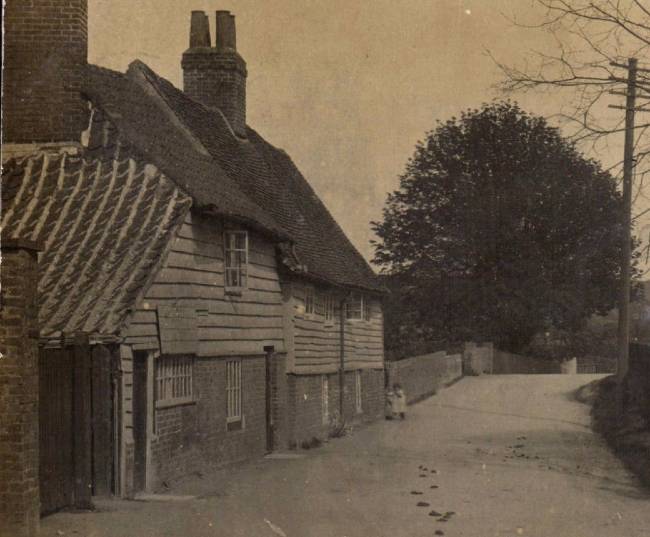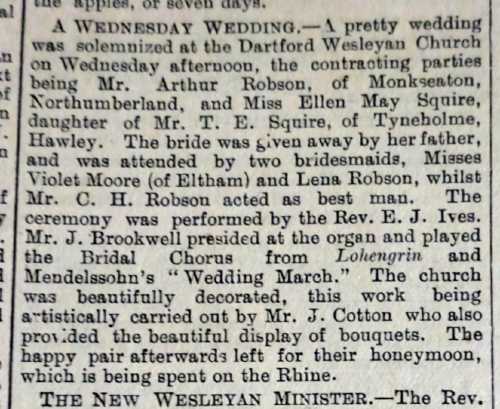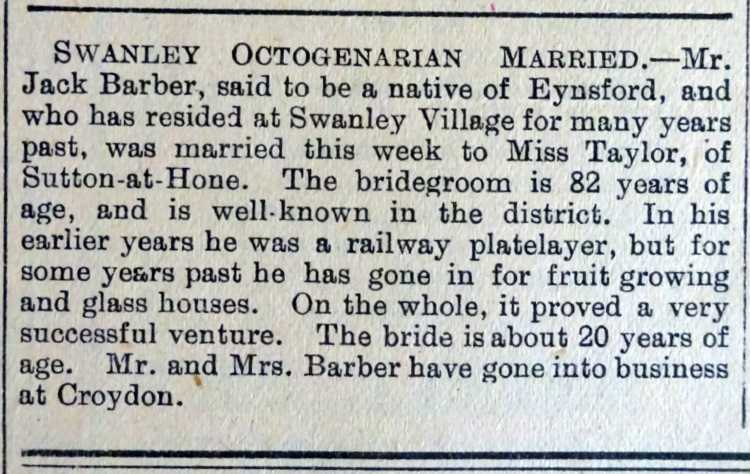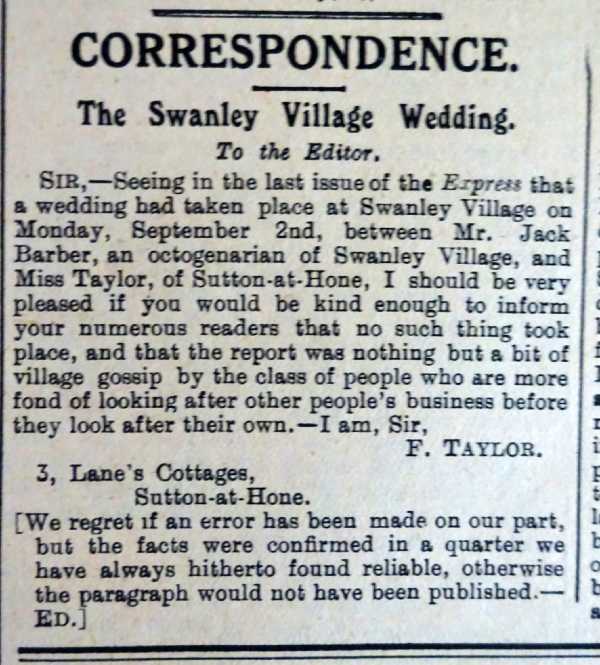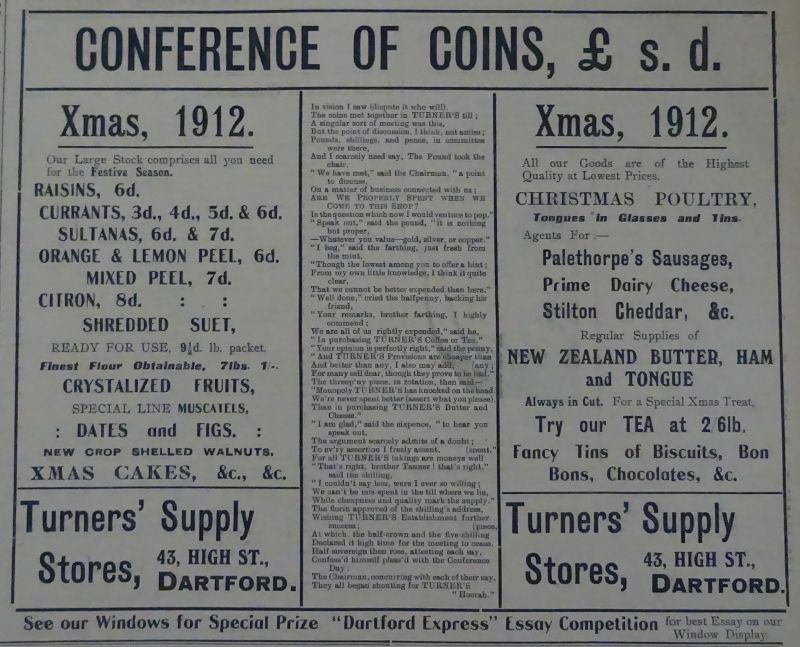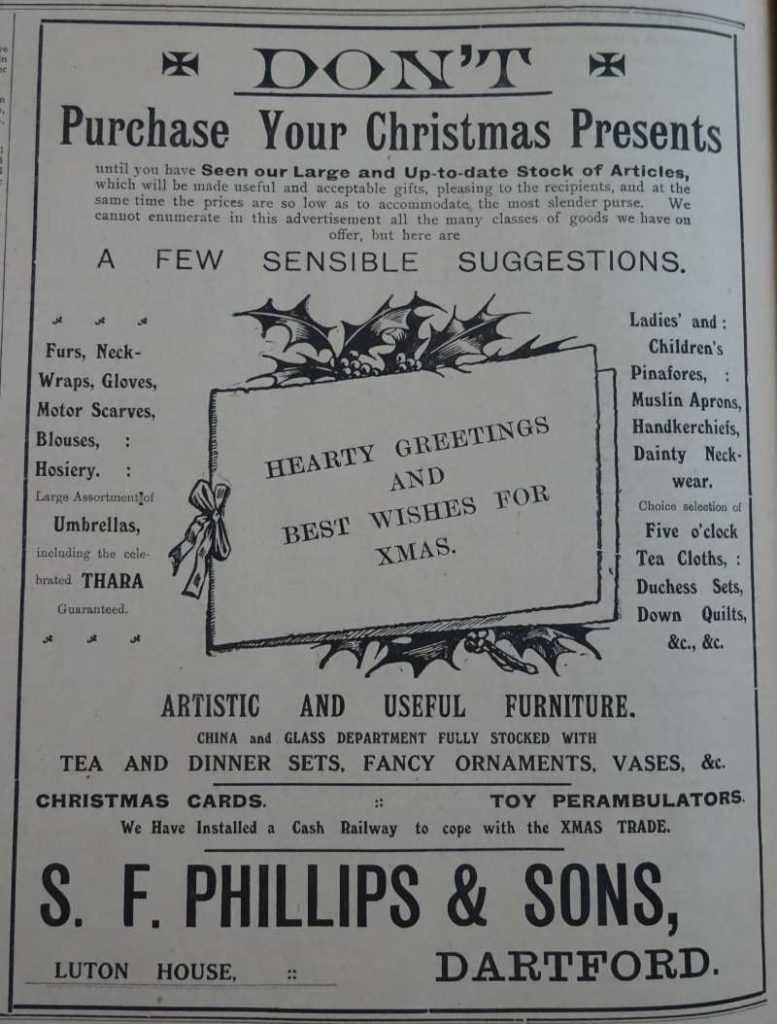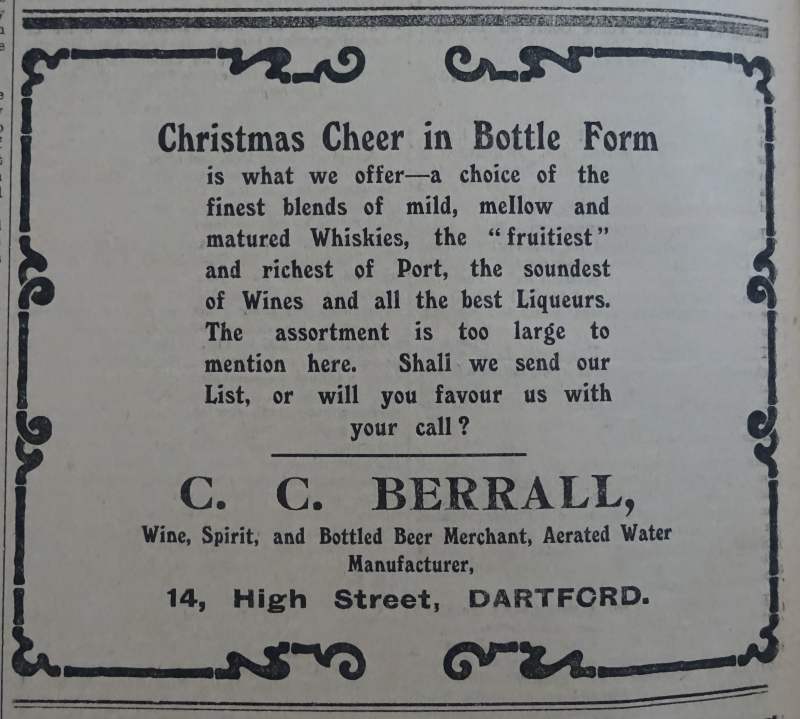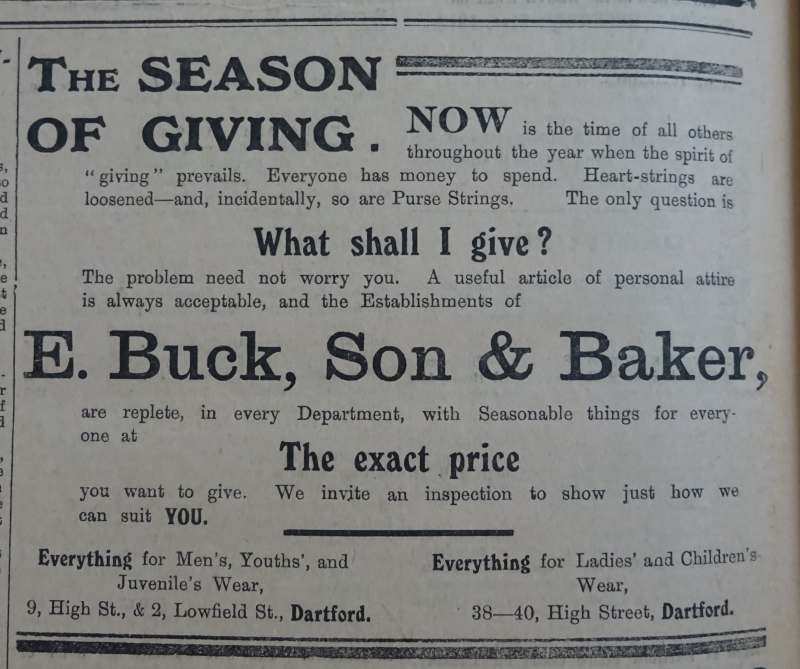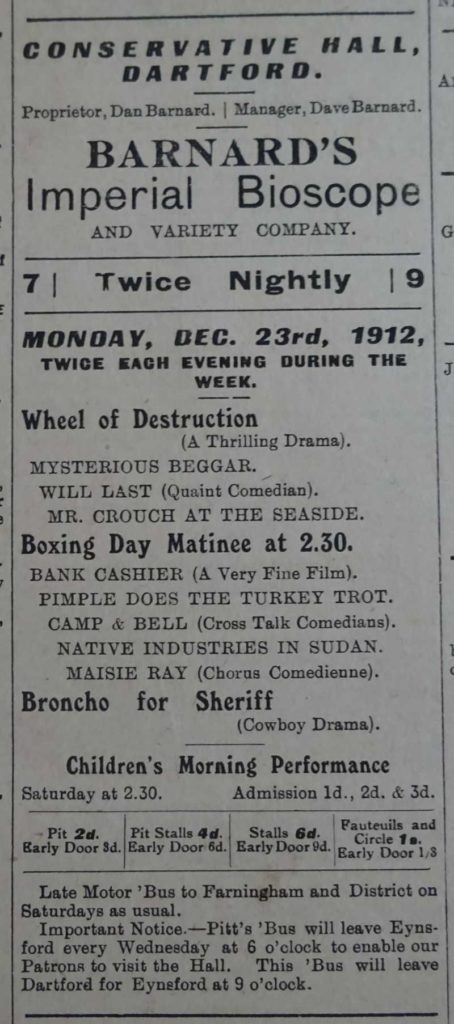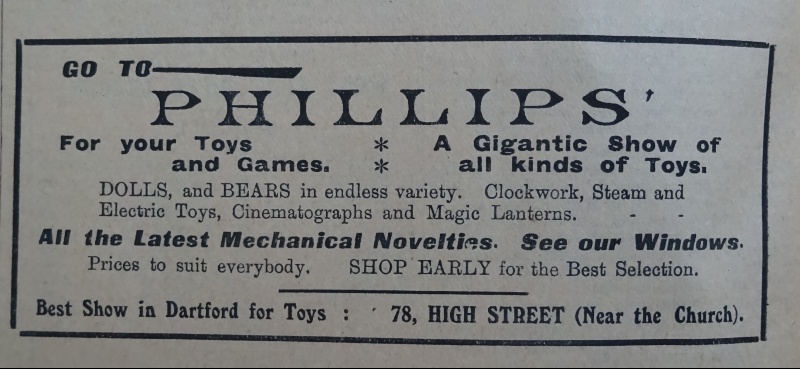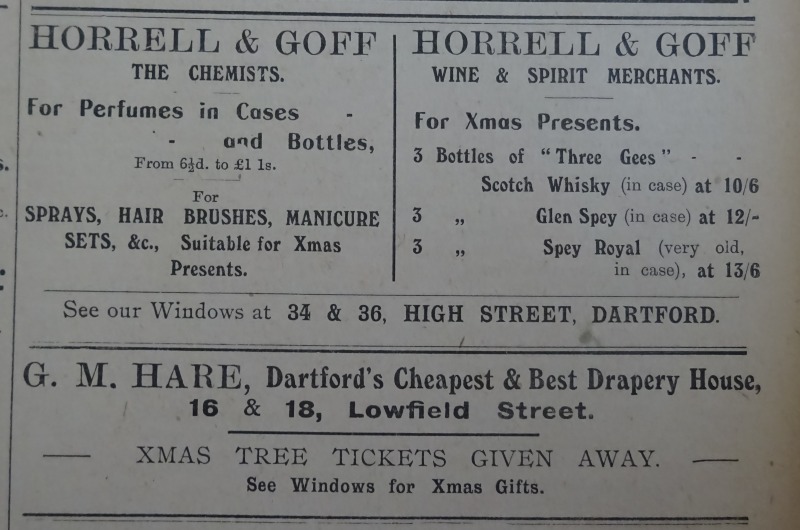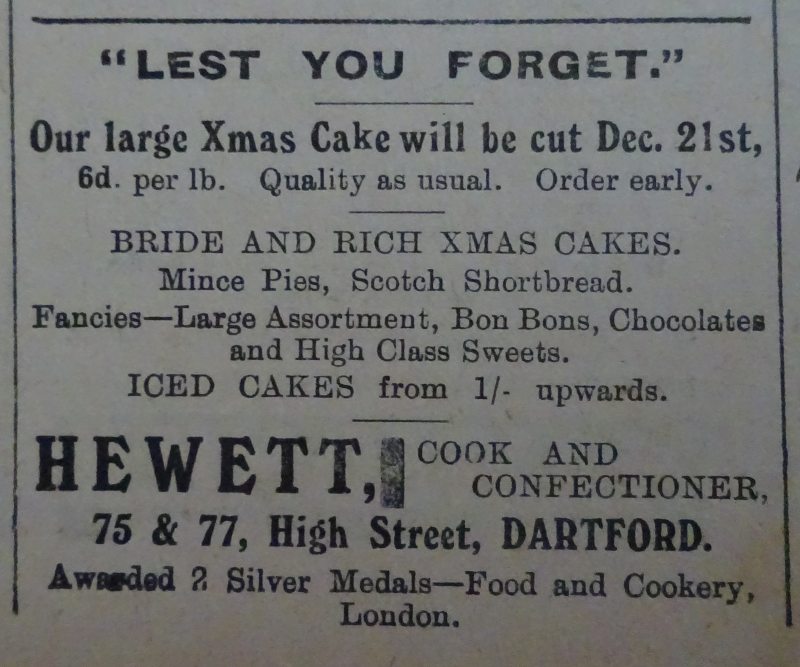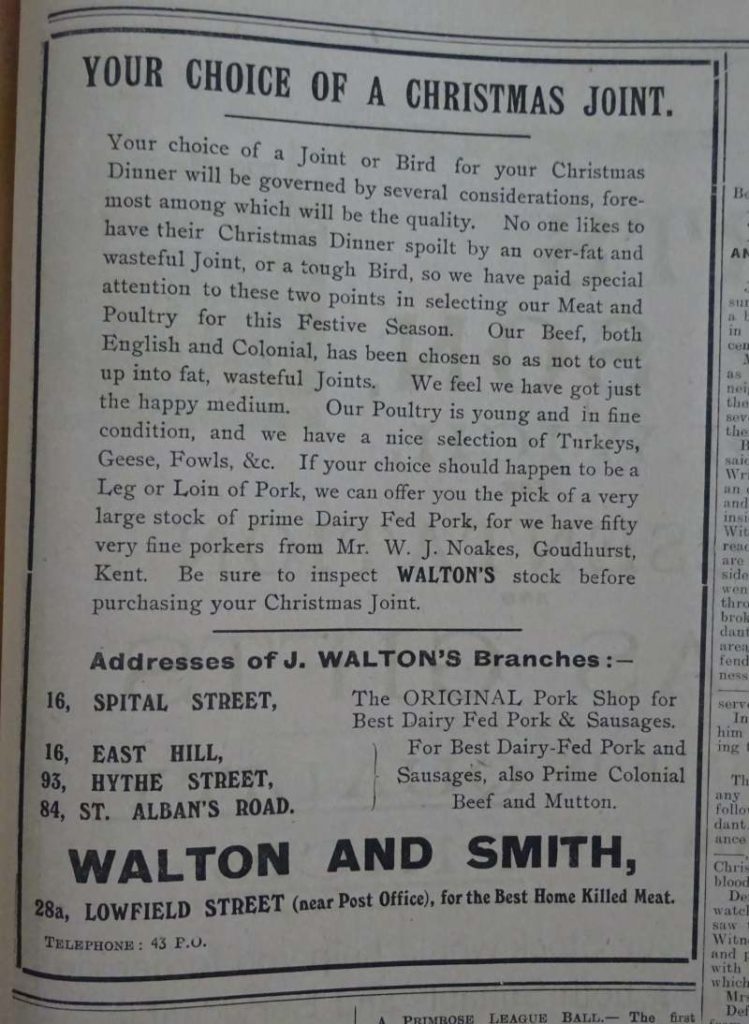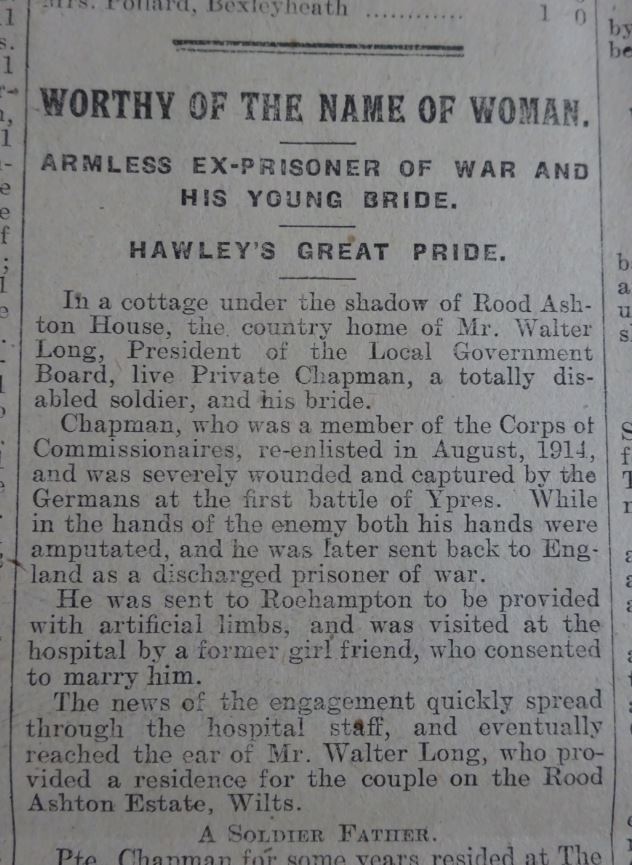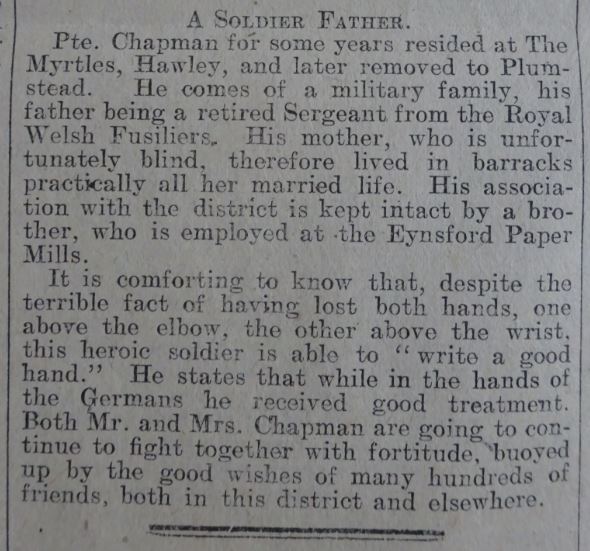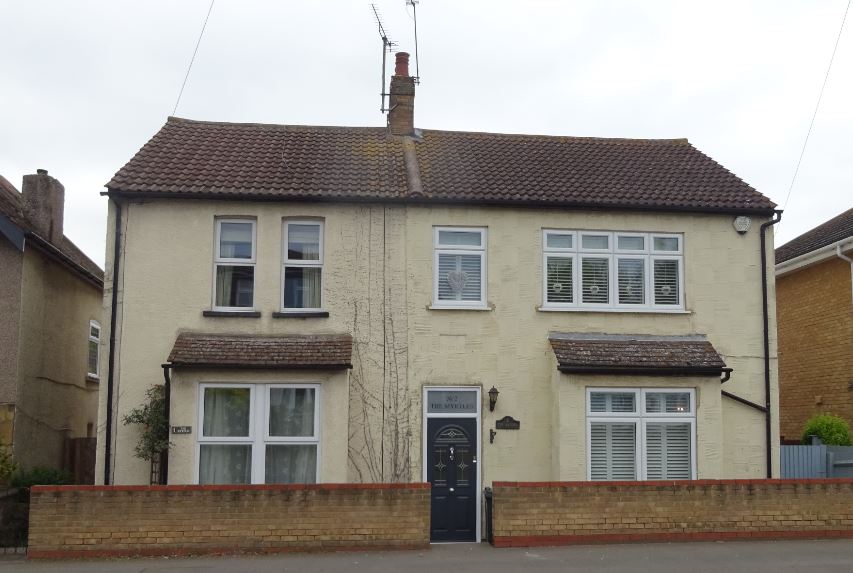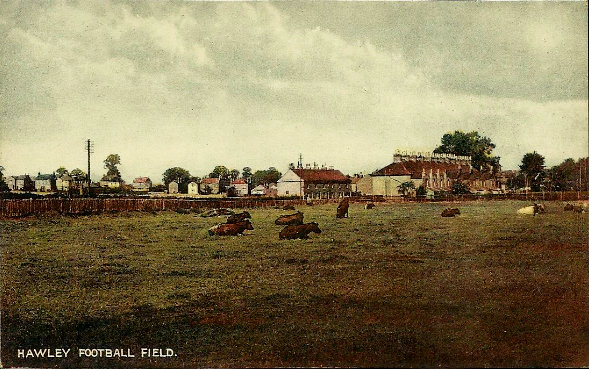Albert Joseph Caldwell, Chief Engine Room Artificer, H.M.S. Wivern – 6th October 1939 at sea
Donald Eastburn Waterman, Second Lieutenant, Royal Artillery – 31st May 1940, Dunkirk
Richard Swaffer, Driver, Royal Army Service Corps – 1st June 1940, Dunkirk
Alfred James Wyatt, Leading Steward, H.M.S. Badger – 7th November 1941
Albert Chapman, Trooper, 10th Royal Hussars (Prince of Own) Royal Armoured Corps – 29th May 1942, Libya
Sydney Stephen Dimond, Pilot Officer, Royal Air Force Volunteer Reserve – 31st May 1942, Germany
Ronald Alfred Lakin, Signalman, Royal Corps of Signals – 14th November 1942, Egypt
David Ovenden, Serjeant, Dorsetshire Regiment – 30th July 1943, Sicily
Leslie John Victor Cotton, Pilot Officer (Air Gnr.), Royal Air Force Volunteer Reserve – 31st August 1943
Horace Arthur Wills, Gunner, Royal Artillery – 13th March 1944 at sea
Charles Louis Carpenter, Flight Sergeant (Air Gnr.), Royal Air Force Volunteer Reserve – 8th July 1944, Normandy
Victor Stephen Wright, Sergeant, Royal Air Force Volunteer Reserve – 16th October 1944
Herbert George Gunner, Private, King’s Own Scottish Borderers – 5th November 1944, Netherlands
William Edward Heaton Barty, Pilot Officer, Royal Air Force Volunteer Reserve – 6th December 1944
Horace Arthur Wills, Gunner, Royal Artillery – 16th December 1944, Israel
Harold Frederick William Humphries, Serjeant, South Lancashire Regiment – 6th January 1945, Netherlands
Frederick Albert Weekes, Trooper, Special Service Battalion, S.A. Forces – 21st April 1945, Italy
Frank Raymond Rogers – Gunner, Royal Artillery – 5th May 1945, Italy
Alice Turner – Civilian casualty – 6th February 1944
Daisy Wright – Civilian casualty – 23rd February 1944
